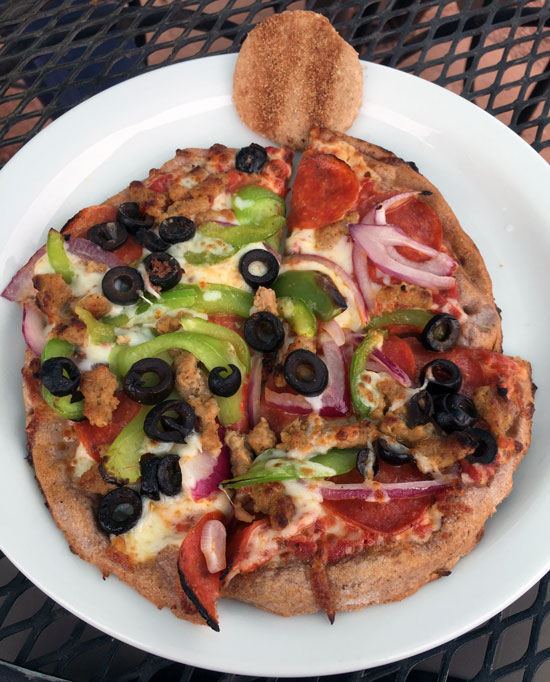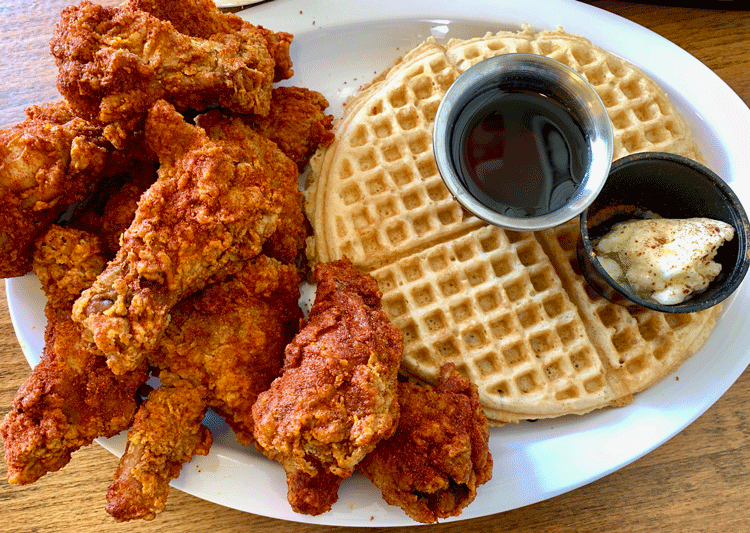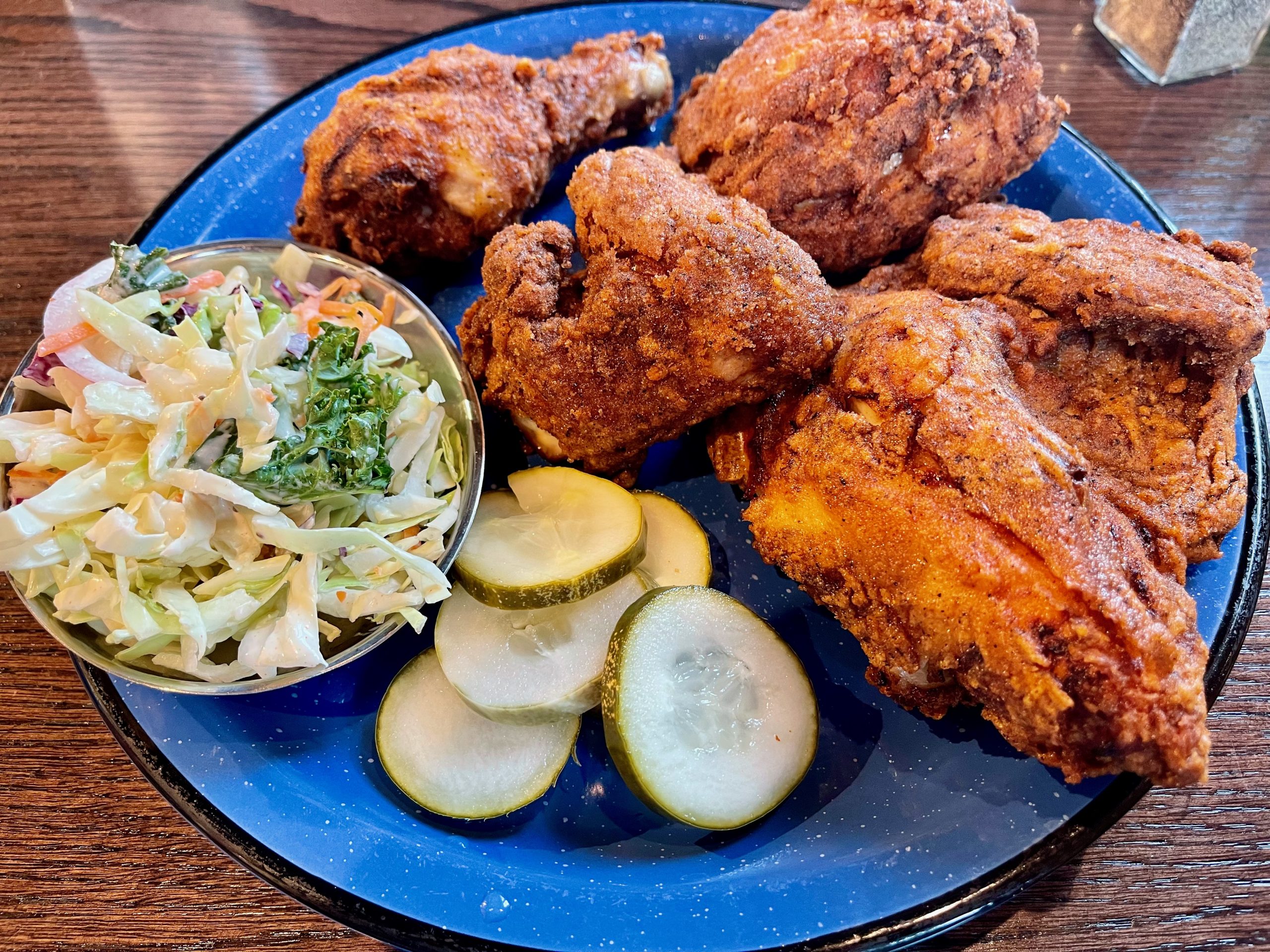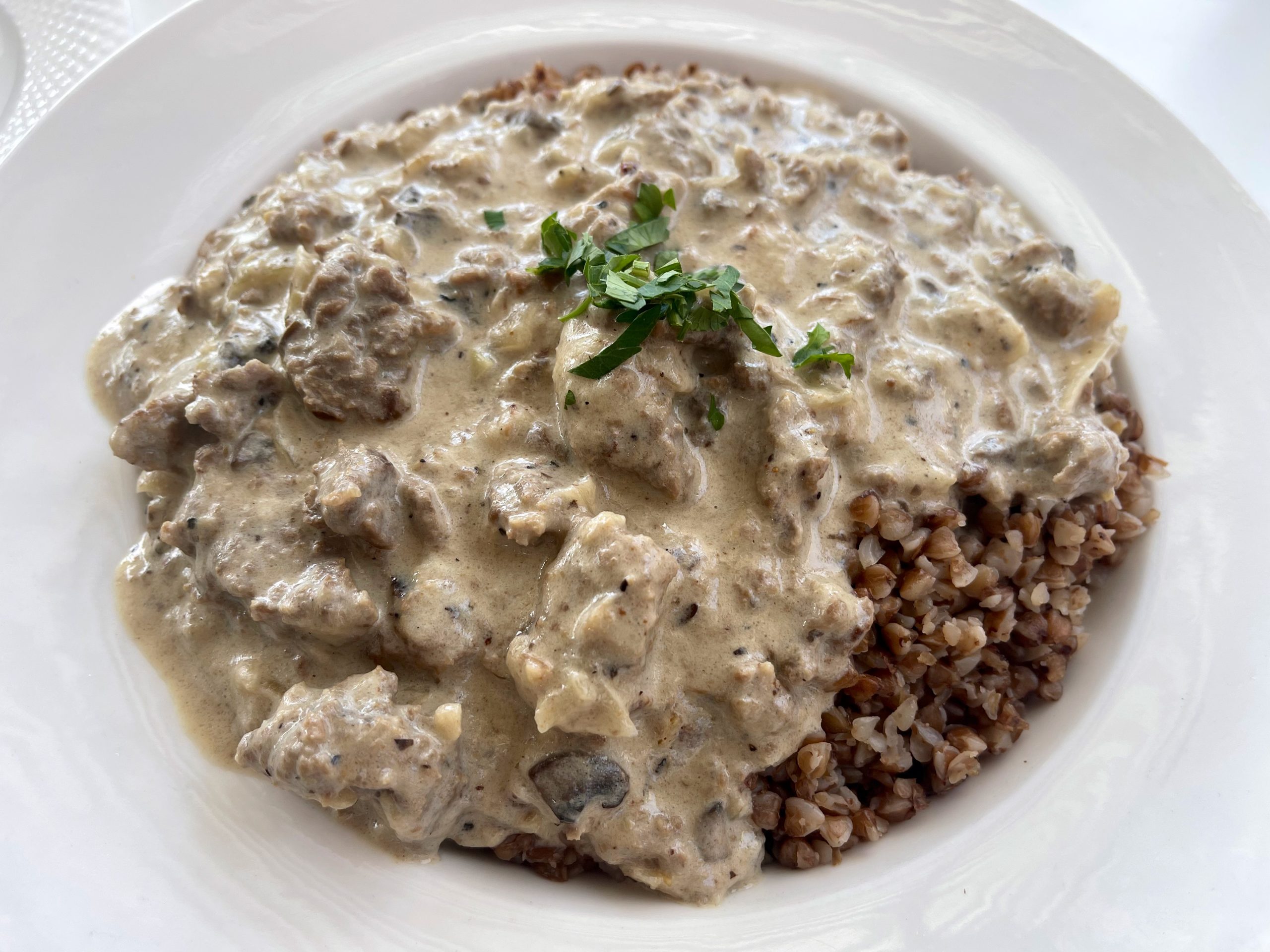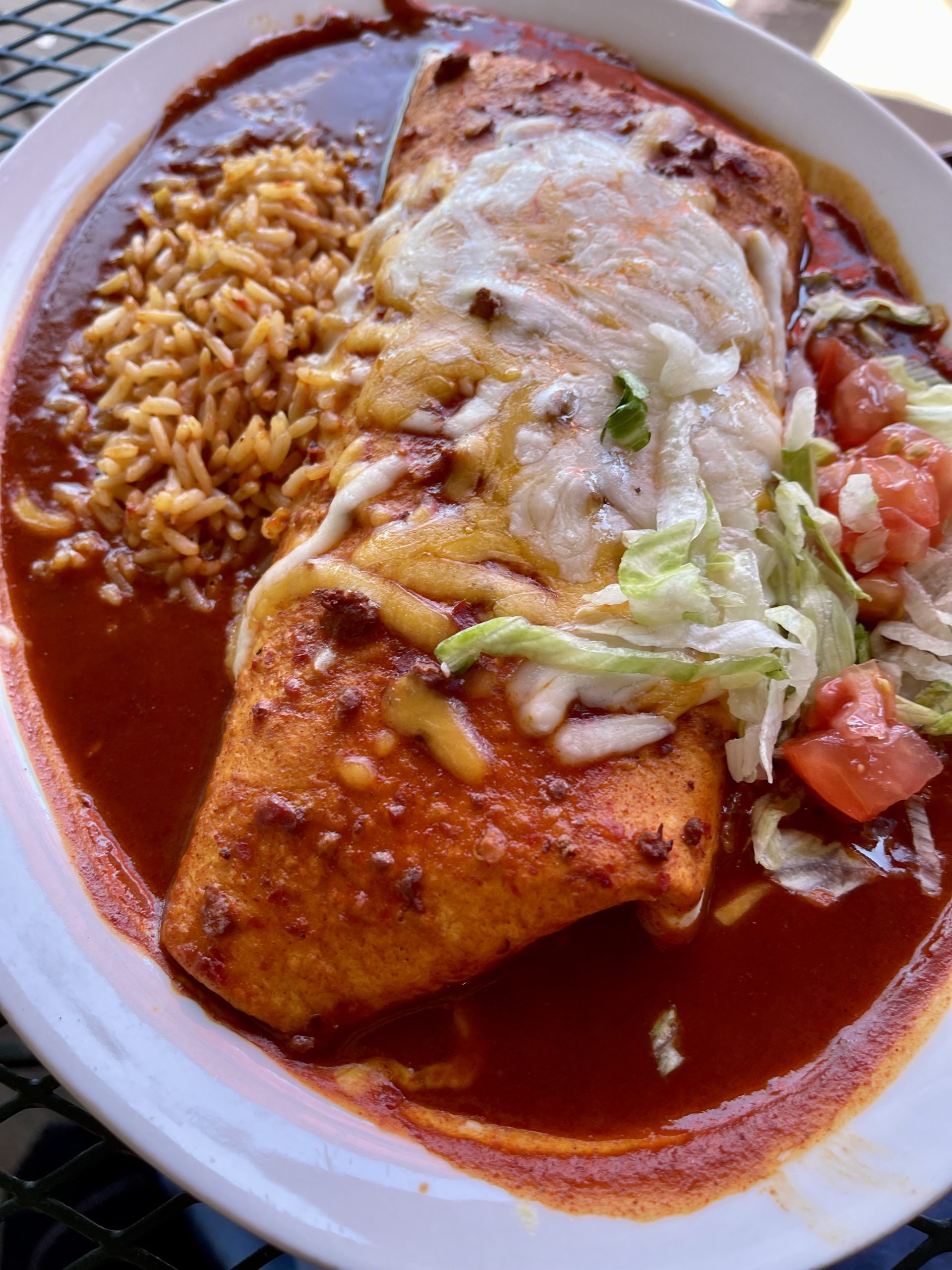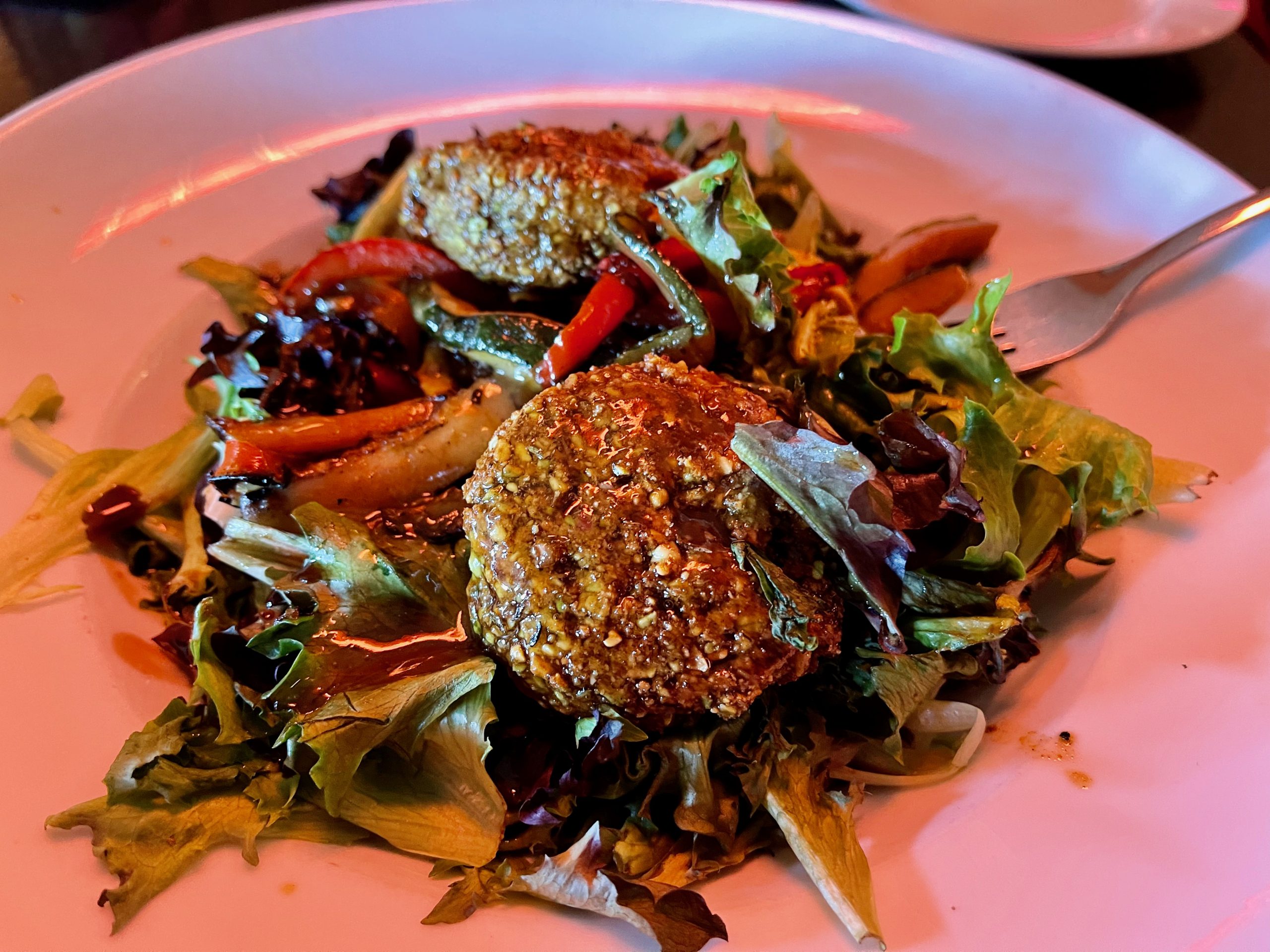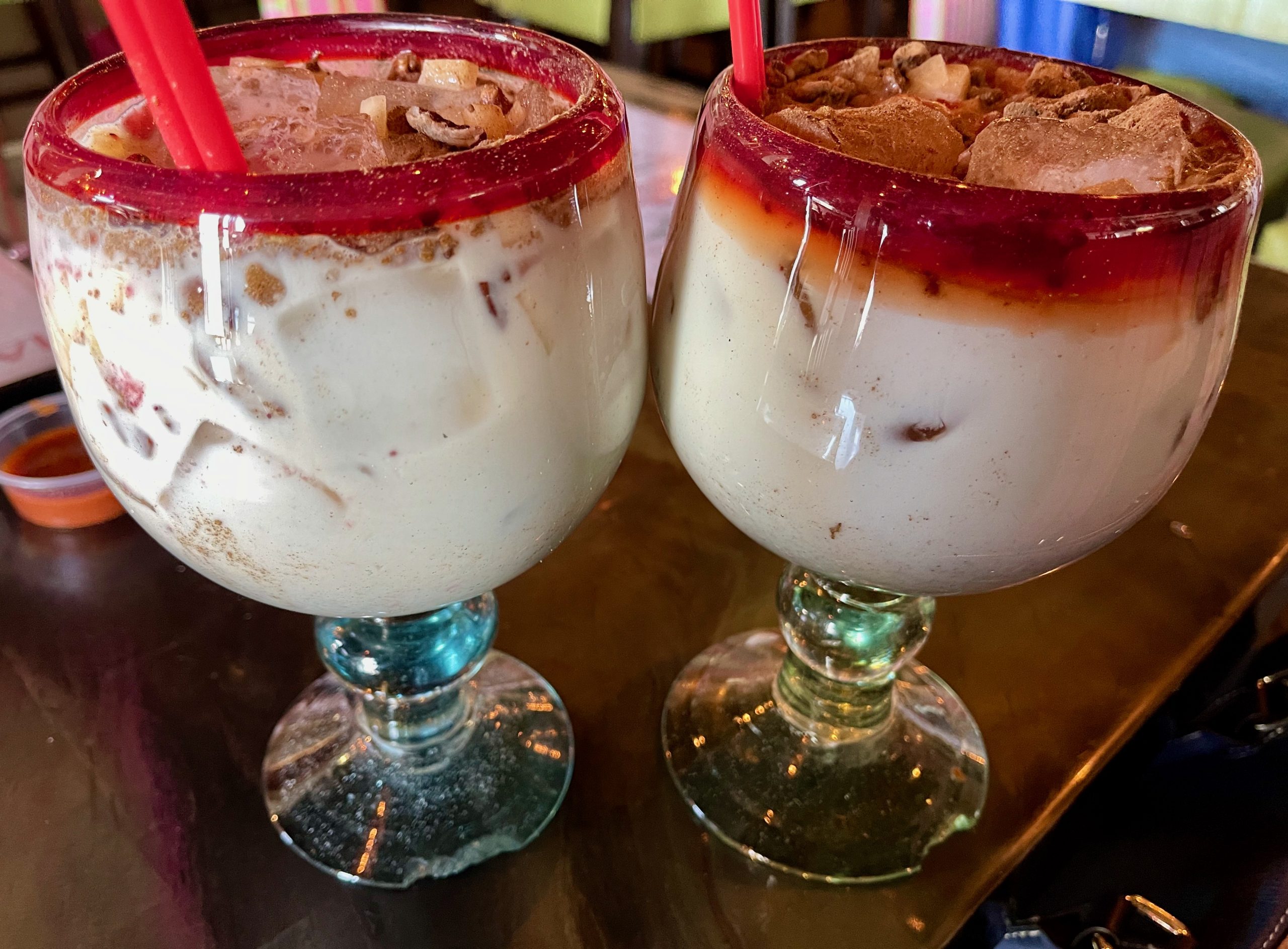Golden Crown Panaderia – Albuquerque, New Mexico
“Around the world while the city still sleeps, you begin. Some of you because that’s what your parents did. Others, you’re the first of your kind. But all of you are one. Siblings in an ancient tradition. You take the time, temperature and love. You bring them together to make something that brings people together. You make more than just food. You make friendships. You make joy. And for a hundred years, Dawn has been right there with you. So this is for you, for bakers everywhere. Thank you for letting us be part of your story. Here’s to the next chapter together. Here’s to bakers.” Albuquerque’s beloved Golden Crown Panaderia was one of five bakeries across the globe selected to be…
